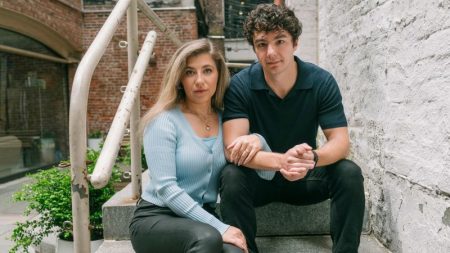Microsoft has developed a new artificial intelligence technology called VASA-1 that can take a still image of a face and an audio clip of someone speaking to create a realistic looking video of that person speaking. This AI model is able to animate faces, including photorealistic faces, cartoons, or artwork, with compelling lip syncing and natural face and head movements. In a demo video, the Mona Lisa was animated to recite a comedic rap by Anne Hathaway, showcasing the capabilities of this new technology. While the output from VASA-1 is entertaining, there are concerns about its potential misuse, such as impersonating real people, and how it could lead to new forms of misinformation.
The emergence of tools like VASA-1 raises concerns about the misuse of AI-generated images, videos, and audio, and the potential disruption of creative industries. Microsoft is aware of these concerns and has no immediate plans to release VASA-1 to the public, following a similar approach taken by partner OpenAI with its AI-generated video tool, Sora. Microsoft researchers have emphasized their opposition to creating misleading or harmful content using this technology and stated that they will only release the product publicly when they are certain it will be used responsibly and in accordance with proper regulations. The company is committed to ensuring that the technology is used ethically and safely.
VASA-1 was trained on numerous videos of people’s faces while speaking, allowing it to recognize natural face and head movements like lip motion, facial expressions, eye gaze, and blinking. The result is a lifelike video where the animated face mimics the speaking person’s expressions and movements. Microsoft has also ensured that the AI tool can be directed to produce videos with specific expressions or directions, enhancing its versatility. While there are still signs that the videos are machine-generated, such as infrequent blinking and exaggerated eyebrow movements, Microsoft believes that their model outperforms other similar tools and enables engaging interactions with lifelike avatars.
The potential applications of VASA-1 include education, improving accessibility for individuals with communication challenges, and creating virtual companions for humans. However, the technology’s realistic outputs could also be used for harmful purposes, such as impersonation and misinformation. Experts are concerned about the impact of AI-generated content on creative industries, including film and advertising. Microsoft’s responsible approach to releasing VASA-1 reflects a commitment to preventing misuse of the technology and ensuring that it is used ethically. By prioritizing safety and ethical considerations, Microsoft aims to pave the way for responsible use of AI in creating lifelike video content.















